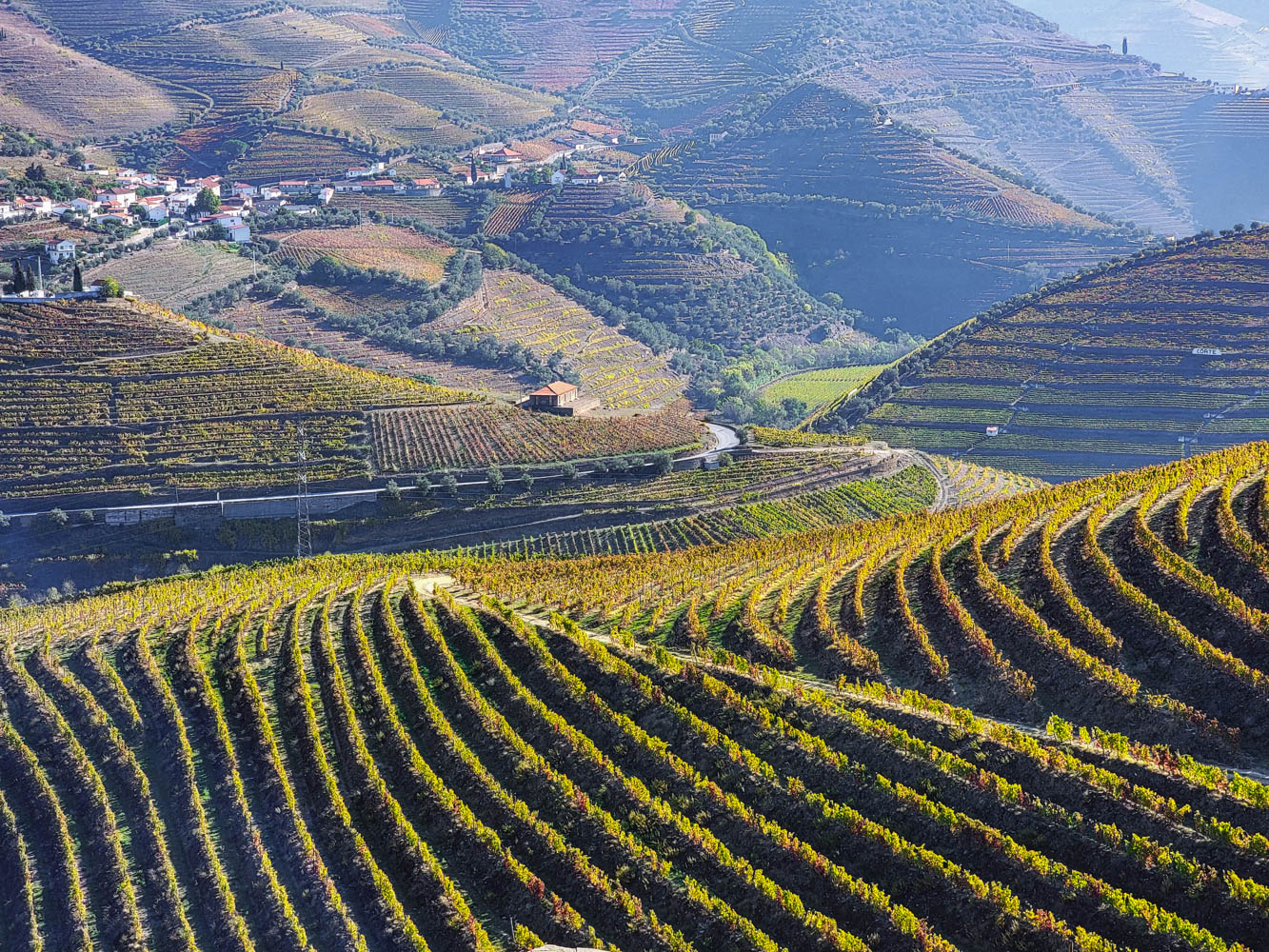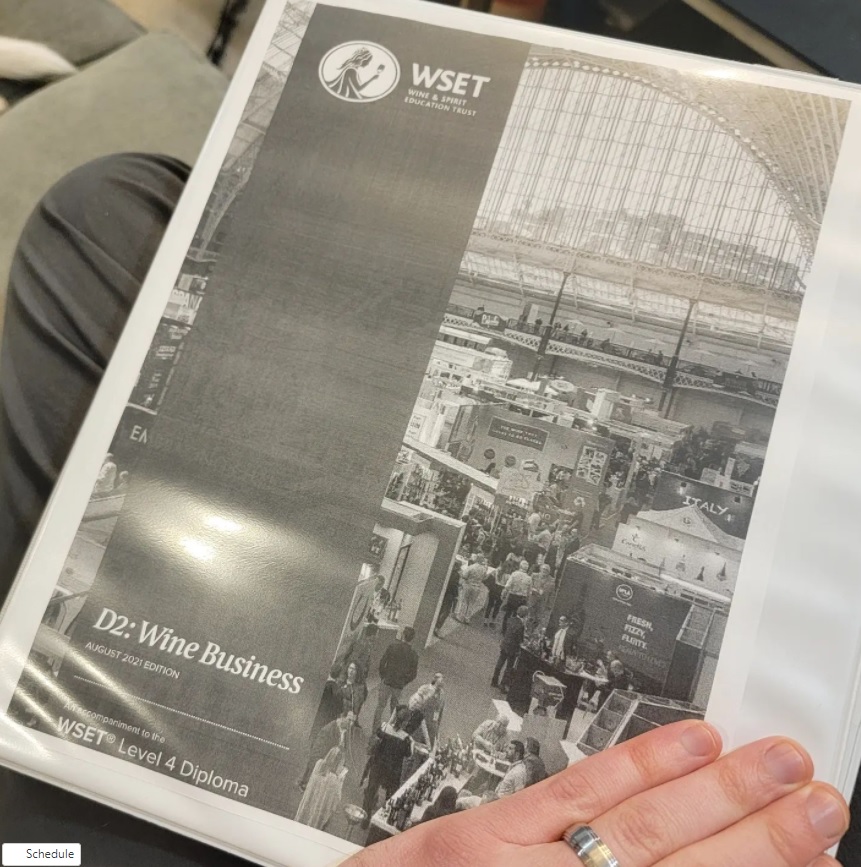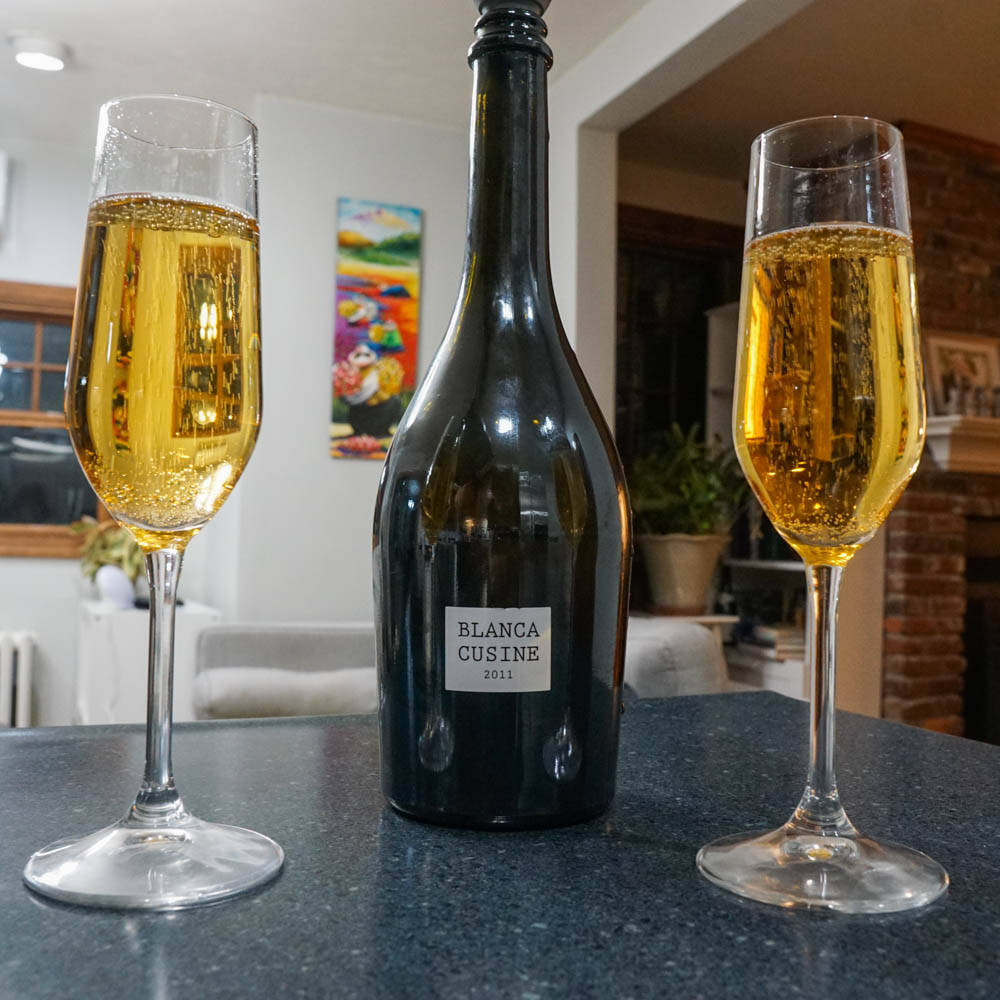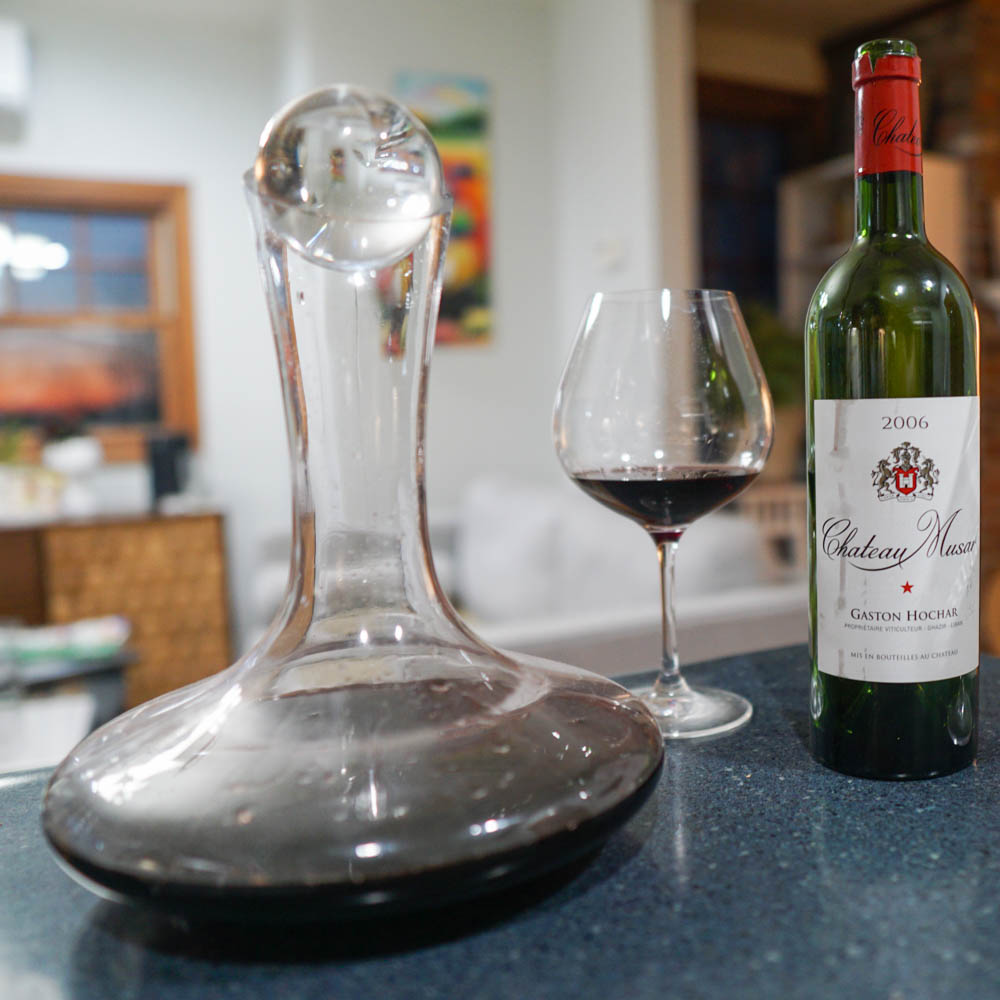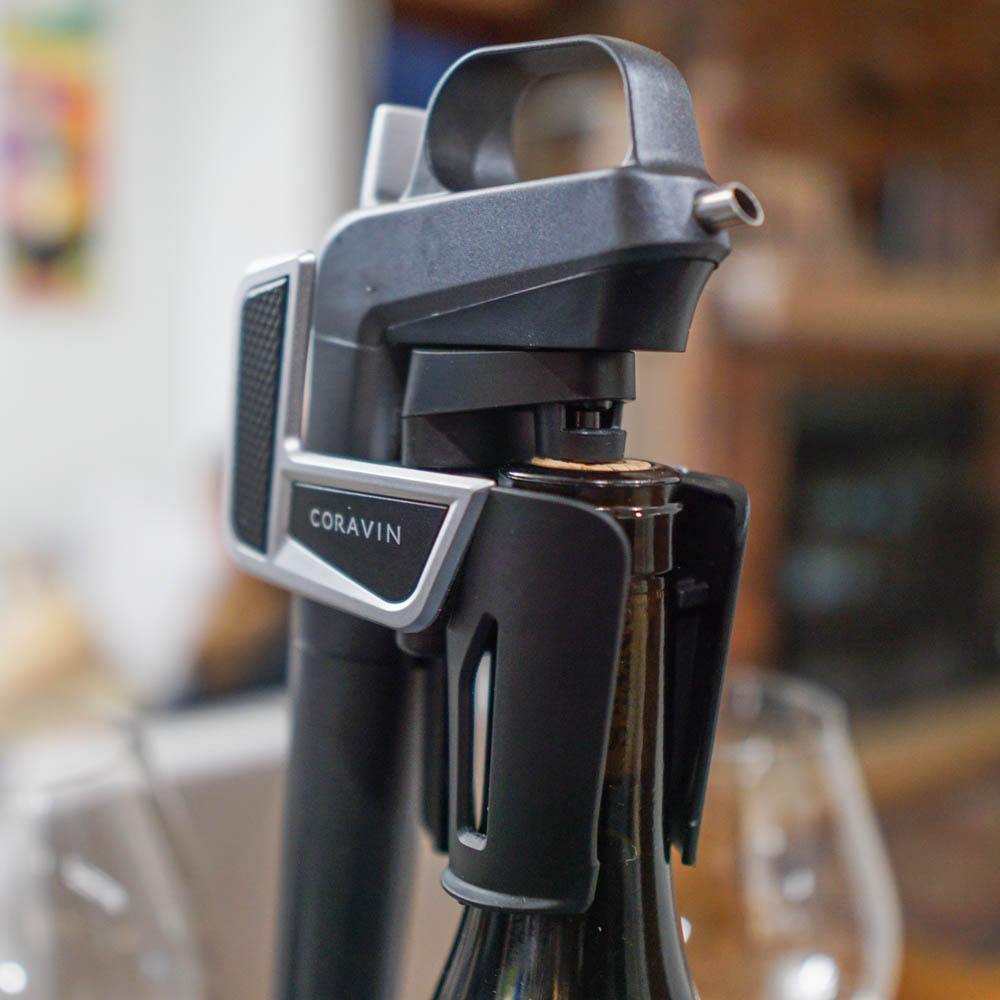Published by Jeremy.
Disclaimers: We use demographic data, email opt-ins, display advertising, and affiliate links to operate this site. Please review our Terms and Conditions for more information. This website is intended for those of legal drinking age in your jurisdiction.
Within the six-module WSET Diploma course, four are similar to what you've learned in the past, just more robust- wine production, wines of the world, fortified wines, and sparkling wines.
Two modules, on the other hand, are new. One of these is only new in format- a 3,000-word research paper (D6) which could be on topics covered in the above categories. The final one is completely new in terms of topic, and all about Wine Business (D2). It is the second module you must take, as students have to enroll in D1 and D2 before being able to access D3-D6.
So, what can you expect when taking this module? Read on!
Note: I took the WSET Diploma D2 exam in March 2022. Test material and structure can and does change over time. I passed D2 with merit.
What Material is Covered in WSET D2?
As the WSET D2 course is titled Wine Business, you may be able to make an educated guess as to what the course material will cover.
Generally speaking, the broad topics covered in this module include how wine is priced, costs of making wine, how wine reaches the consumer, and general marketing practices within a business. While the course covers some laws in a general sense (e.g. monopoly markets, general concepts around tariffs, etc.), it does not cover PDO rules for individual regions which are likely reserved for modules D3 (still wine), D4 (sparkling wine), and D5 (fortified wine) respectively.
This module goes into a large number of macro and microeconomics all around the topic of wine, be it how supply and demand affect prices all the way to how currency exchange rates and political tariffs can affect prices as well. In most cases, these are discussed broadly, but some specific examples can be found like how Argentina has had volatile currency or how land in Burgundy is obscenely expensive. These specific location references are few and far between, however.
On the costs side, the course takes a robust look at virtually every aspect of fees a vineyard and winery has and compares them for a high volume, low-quality producer as well as a low volume, high-quality producer to show how costs change in each major spending category. For example, high-quality producers likely spend far more on labor for hand harvesting and barrels for maturation compared to low-quality producers. You aren't expected to know the exact dollar amounts referenced, but you are expected to know the broad differences and why they exist.
For reaching the consumer, the module breaks up topics of shipping/distribution and point of sale with the latter split up even further into the retail sector (stores) and hospitality sector (restaurants and bars). This is also looked at through the lens of free markets, monopoly markets, and the USA's unique three-tier system that was established after prohibition ended.
Finally, there are all things marketing wine. This section focuses on how to build and analyze marketing campaigns, brand development, and the life cycle of a product (and how marking tactics shift in each phase). Once again, the breakouts of low/high volume and high/low-quality producers, as well as points on reaching the customer, start to repeat themselves here as well.
Although this summary is meant to be quick for the purpose of this article, the challenge with D2 is that all of these topics can be discussed within the context of each other in progressively deeper and deeper layers, and you may be tested on any possible combination during the exam. The various combinations are only moderately touched on within the book and only really come to life during class discussions and in taking practice questions outright.
As such, students who succeed in this module will not only learn what all of these topics mean individually but how to apply all the topics into a multitude of scenarios that exist in the real world. So while the book is only about 120 pages and presents topics in a straightforward manner, all I can truly say is that this one covers a lot when you really stop to think of it- and it is likely all new to most WSET students.
How Does D2 Compare to Level 3?
For most modules in WSET Diploma, I like to look at how the material in the individual module compares with the material that was covered in WSET Level 3 as most are simply an expansion on topics you've already learned. In D1, for example, you are taking a deeper dive into vineyard and winemaking topics you learned in Level 3- the material doesn't really change, but is just more robust.
Unfortunately for D2, almost all of the material is new and the connections to Level 3 and D1 are loose at best.
That being said, while there are no real overt business components discussed in WSET Level 3, your instructor will likely have made some comments in passing that directly translate into D1 material. For example, about how growing grapes on a hillside for a premium producer requires manual picking and therefore is more expensive, or how land costs for volume producers are often much cheaper than in the most prestigious PDOs.
As such, when you read through the D2 material, you'll possibly find a few topics that were talked about in passing that connect the course to D1 and Level 3. Rather than spend a lot of time on this, the book simply expects you to know this material well enough to make the necessary leaps yourself (you have to pass D1 before sitting for D2, so this makes sense). This will be especially important come exam time, and I highly recommend you check out my D2 exam tips post once you enroll in the course to read more on how to study for this one- it can be brutal.
Overall, WSET Diploma D2 was a unique course in that it really introduced a wealth of new material I had never considered before within wine. It is intense, and its ability to have many interconnecting layers within the topic at large makes this one a challenge that cannot be overstated. Now I'm curious on how all these topics will fit within D3, D4, and D5!
Looking for tips on how to tackle the WSET Diploma D2 exam? Click the previous link to read some of my best tips!
Upgrade Your Home Wine Bar
Need to upgrade your wine bar? Grab some new wine accessories:

